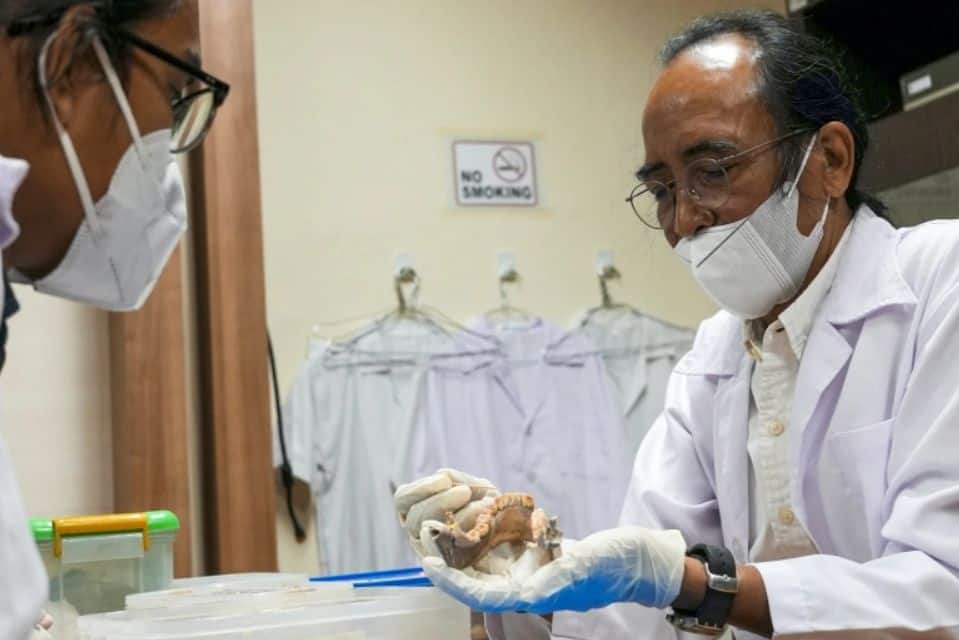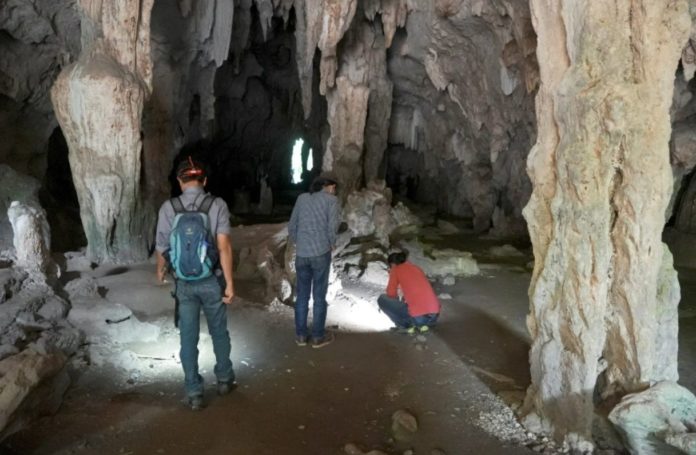Scientists have discovered a previously unknown kind of ancient human that lived more than 7,000 years ago. According to a recent investigation, the remains belonged to a young female who was buried in a cave on the Indonesian island of Sulawesi.
From a sample of skull bone, an international team mapped her full DNA. Selina Carlhoff, the study’s principal author and a PhD candidate at Germany’s Max Planck Institute for the Science of Human History, isolated it from the base of the braincase (the petrous bone), the body’s toughest bone. It is the archipelago’s oldest genome, revealing new light on our evolution.
“It was a major challenge, as the remains had been strongly degraded by the tropical climate,” Carlhoff said in a university release.
Scientists found the girl’s body in Leang Panninge, on the island’s southern coast that lived around 7,200 years ago. Professor Adam Brumm of Griffith University in Australia, the corresponding author, notes that the genome reflects a previously unknown divergent human lineage that does not exist anywhere else in the world today. The genome included DNA from Denisovans, an extinct Ice Age population believed to have interbred with Neanderthals and Homo sapiens.

Experts think the girl has indigenous ancestry that had existed in Sulawesi since the arrival of modern humans some 30,000 years ago. The unknown population may also be responsible for the area’s ancient cave art. They were members of a hunter-gatherer group known as the Toalean, who hunted with stone-tipped arrowheads known as Maros points.
“We were able to assign the burial at Leang Panninge to that culture. This is remarkable since it is the first largely complete and well preserved skeleton associated with the Toalean culture.” Prof. Brumm said.
The investigations revealed that the individual is connected to the first modern humans who migrated from Eurasia to Oceania approximately 50,000 years ago. Early humans, scientists believe, used the island as a stepping stone. Notably, her Denisovan ancestors are primarily known via archaeological discoveries in Siberia and Tibet.
“The fact that their genes are found in the hunter-gatherers of Leang Panninge supports our earlier hypothesis that the Denisovans occupied a far larger geographical area,” explained co-author Professor Johannes Krause of the Max Planck Institute for Evolutionary Anthropology.
Genomic analysis of hunter-gatherers living west of Sulawesi around the same time period revealed no evidence of Denisovan DNA.
“The geographic distribution of Denisovans and modern humans may have overlapped in the Wallacea region. It may well be the key place where Denisova people and the ancestors of indigenous Australians and Papuans interbred,” noted study co-author Professor Cosimo Posth of the University of Tubingen in Germany.
However, the girl inherited a sizable amount of her genome from a prehistoric Asian population.
“That came as a surprise, because we do know of the spread of modern humans from eastern Asia into the Wallacea region – but that took place far later, around 3,500 years ago. That was long after this individual was alive,” Prof. Krause added.
Additionally, the investigation discovered no indication that she has descendants living in Indonesia now. It is unknown what became to the lineage.
“This new piece of the genetic puzzle from Leang Panninge illustrates above all just how little we know about the genetic history of modern humans in southeast Asia,” Prof. Posth concluded.
In 2003, scientists discovered Homo floresiensis, dubbed “The Hobbit,” in Indonesia. Thousands of years ago, several human species coexisted on the planet. The researchers are comparing this to Middle Earth, the fantastical region depicted in “Lord of the Rings.” According to scientists, they have merely scratched the surface of the various human lineages.
The findings appear in the journal Nature.
Image Credit: Reuters
You were reading: Researchers find prehistoric girl in Indonesia that lived more than 7,000 years ago
